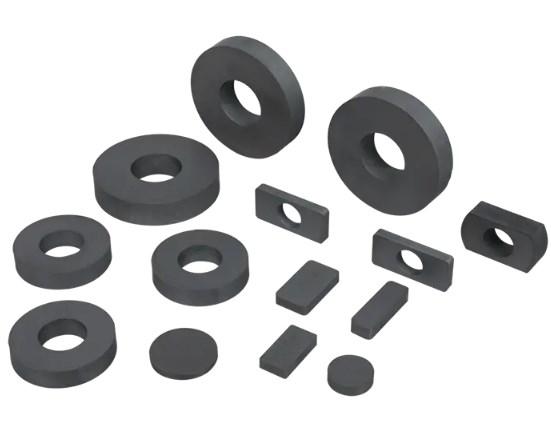Ferrite magnets, also known as ceramic magnets, are widely used in various applications due to their affordability, versatility, and impressive magnetic properties. Made from a mixture of iron oxide and other metallic elements like barium or strontium, ferrite magnets are characterized by their high coercivity, which allows them to maintain their magnetization even in demanding conditions.
One of the significant advantages of ferrite magnets is their resistance to demagnetization. This property makes them ideal for devices that require a stable magnetic field over time, such as loudspeakers, motors, and magnetic separators. Additionally, ferrite magnets are non-conductive and can withstand temperatures up to 250°C (482°F), making them appropriate for various industrial applications. Their inherent corrosion resistance also means they do not require additional coatings that can wear off over time.
In terms of manufacturing, ferrite magnets can be produced through sintering, providing the ability to create shapes and sizes to meet specific design requirements. This process not only results in cost-effective production but also allows for precise control over the magnetic properties, ensuring consistency and reliability in performance.
Ferrite magnets are commonly found in household items too—from refrigerator magnets to the components of sound systems. Their ability to be produced in large volumes at a low cost makes them an excellent choice for both consumer and industrial products.
In conclusion, ferrite magnets combine affordability, durability, and efficiency, making them a staple in many fields ranging from consumer electronics to heavy machinery. Understanding their properties and applications helps in leveraging their benefits effectively in various projects.


